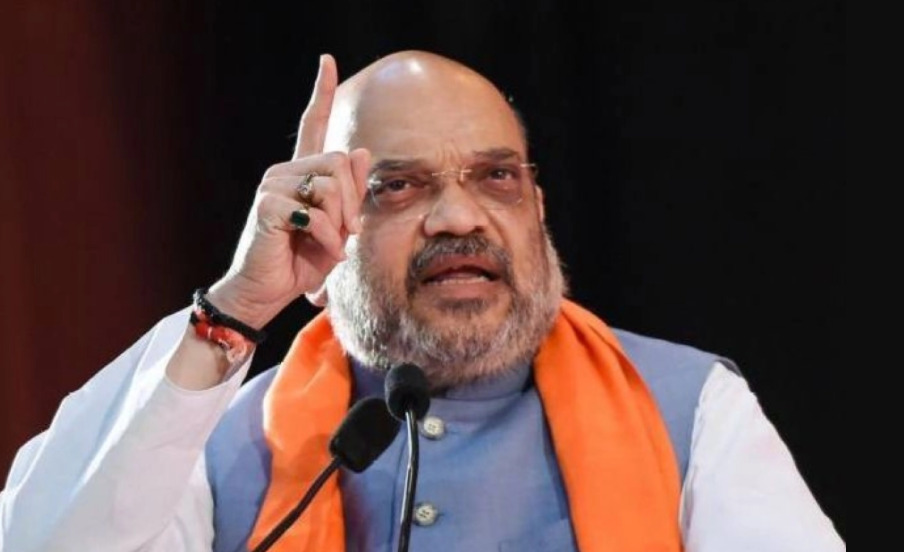Amit Shah, senior BJP leader and Home Minister, is personally monitoring BJP’s election campaign for the upcoming West Bengal Assembly elections. He has prepared a 23 point to-do list on every booth level unit to ensure BJP’s victory in the upcoming assembly election. The to-do list includes tasks such as recruitment of people from SC, ST, and OBC community from every booth and form committees in every area depending on the social configuration.
Also, senior BJP leaders including party president JP Nadda and Home Minister Amit Shah will visit West Bengal every month. “Amit Shah and JP Nadda are expected to visit the state separately every month for at least two days till the assembly elections are over. The dates are yet to be finalised” West Bengal BJP president Dilip Ghosh said.
BJP’s entire election machinery has been activated for the state of West Bengal as the party is optimistic about gaining power in the state for the first time in the 2021 assembly election. Many leaders and party functionaries from the party’s central committee are on deputation in West Bengal.
“It will basically be a SWOT [strengths, weaknesses, opportunities, and threats] analysis. This is for the first time that central observers are being sent to take stock of poll preparedness in the zones. Earlier, central leaders used to be appointed as observers for an entire state,” said a senior BJP leader.
The lower castes, who have been long deprived of power in the state by leftist elites, are the target voter base of the saffron party. In Bengal, BJP’s primary voter base consists of OBCs, SC, and STs. Riding on popularity in these communities, the party managed to win 18 seats out of 42 in 2019 general elections in West Bengal. The constituencies that the party majorly won in 2019 were rural– primarily in the Western and Northern regions of the state.
The politics of West Bengal has always been dominated by Bhadralok Community, which constitutes three upper castes- Brahmin, Baidya, and Kayastha. These castes account for just 20 per cent of the state’s total population. But, all the CMs of the state– whether of CPM, Congress, or TMC– have been from the Bhadralok community. OBCs, SCs, and STs never had a say in the politics of Bengal. And this was because the Communist Party never recognized the role of caste in social upliftment.
After the Mandal Commission report argued in favour of quota for Other Backward Classes, the then CM of West Bengal, Jyoti Basu said, “West Bengal has only two castes- rich and poor.” The Communists never realized the peculiar nature of Indian society where caste matters more than the class, and therefore, the politics of the state remained in Bhadralok elitism.
Mamata Banerjee, the CM of the state for the last 9 years, ran the government just like the Communists. The only difference was that she carried out even a greater degree of Muslim appeasement. The state has 17 per cent quota for OBCs, 10 per cent of which is reserved for Muslims. Hindu OBCs constitute more than half of the total OBC population but their quota share is less than that of the Muslims. Apart from this, the state has 22 per cent quota for SCs and 6 per cent for STs in the state government jobs and the state-supported educational institutions.
Therefore, BJP is targeting the Hindu OBC votes to come to power in the state. Since the early 2010s, RSS has been tirelessly working in the state, especially in the OBC and ST dominated areas. Dilip Ghosh, the current President of West Bengal BJP, who was appointed in 2015, comes from Sadgop caste and is from Jungle Mahal region-one of the backward regions of the state- of West Bengal.
Presumably, in 2021 assembly elections, the people from the non-Bhadralok community are going to reclaim their rightful place in West Bengal’s politics and this will change the image of the state forever. The left-front and the TMC have destroyed the economy of the state, therefore, a regime change is necessary to put the state back on the path of growth. Now, only a regime change can bring back the golden days of ‘Amar Sonar Bangla’.
